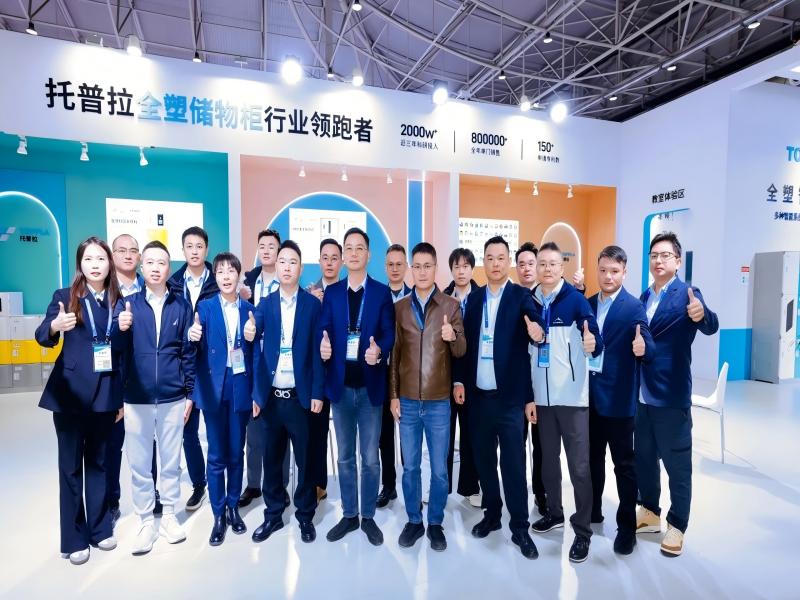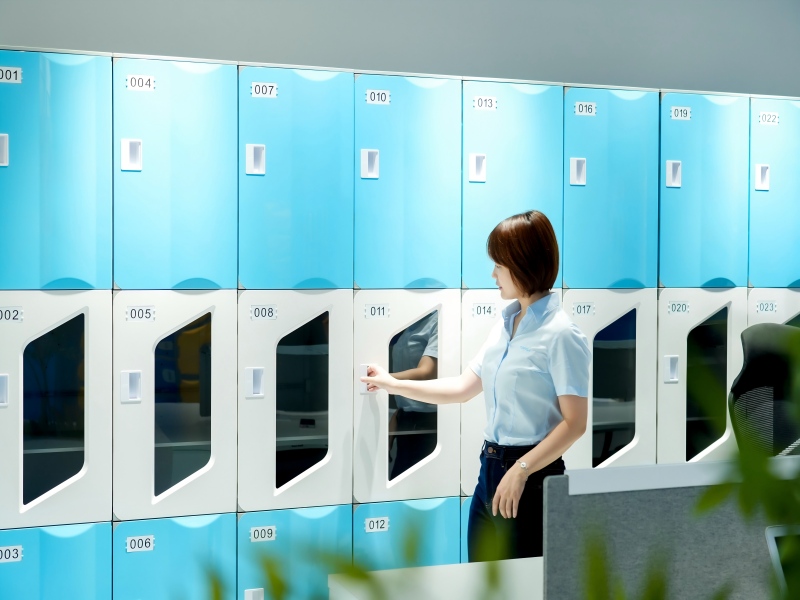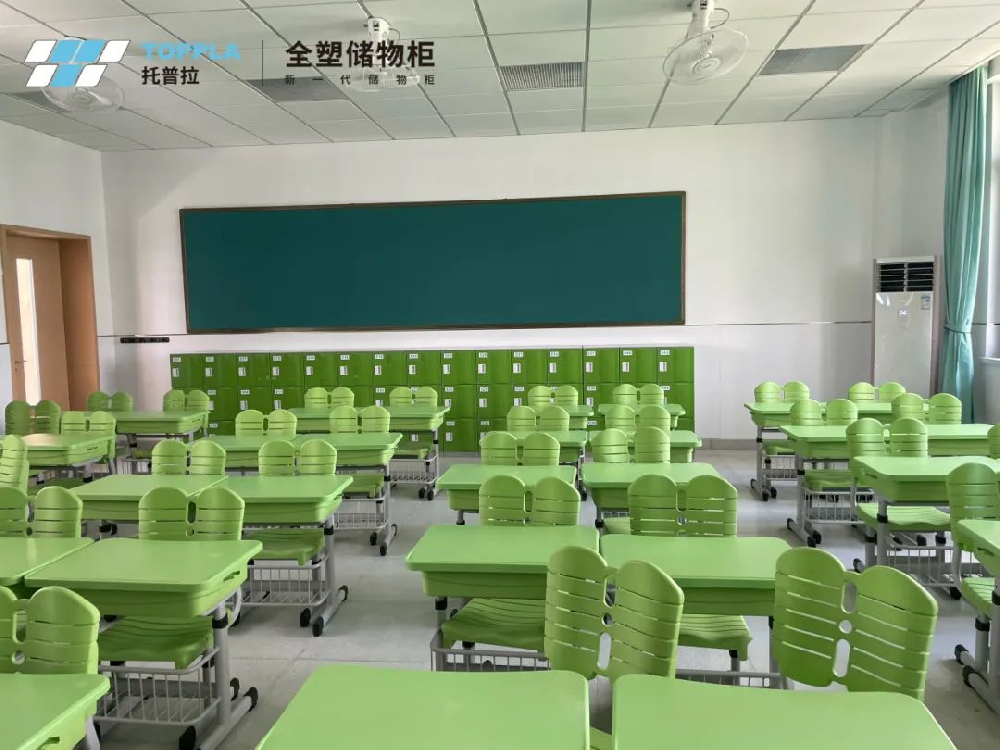Toppla All-Plastic Lockers:VS Traditional Locker
In recent years, as educational philosophies continue to evolve, schools have increasingly higher demands for campus logistics and equipment. Lockers—often overlooked as simple storage fixtures—actually serve multiple critical functions, including secure storage, safety, and aesthetic integration.
With years of expertise in the education sector, Toppla understands the challenges schools face with storage solutions. Traditional lockers, typically made of wood or metal, may seem sturdy but are prone to moisture damage, rust, and deformation over time. These issues not only compromise appearance but also pose safety risks. In contrast, Toppla’s all-plastic lockers and new-generation storage solutions are crafted from high-quality polymer materials, offering waterproof, moisture-resistant, anti-corrosion, and rustproof properties—ensuring reliable performance in any educational setting.
Classroom Applications: Dual Assurance of Safety and Stability
In the classroom, when retrieving items from the schoolbag locker, it is usually done by multiple people at the same time. When retrieving items from the upper and lower rows of locker or when students play around opening the door, it is easy to get bumped. If the right Angle of the traditional locker is hit, the sharp corners can easily cause injury. The protective soft corner design of the Toppla all-plastic locker wraps around the right Angle of the locker door, providing high elasticity protection and significantly reducing the risk of such accidental injuries, creating a safer activity environment for students.
Case Study
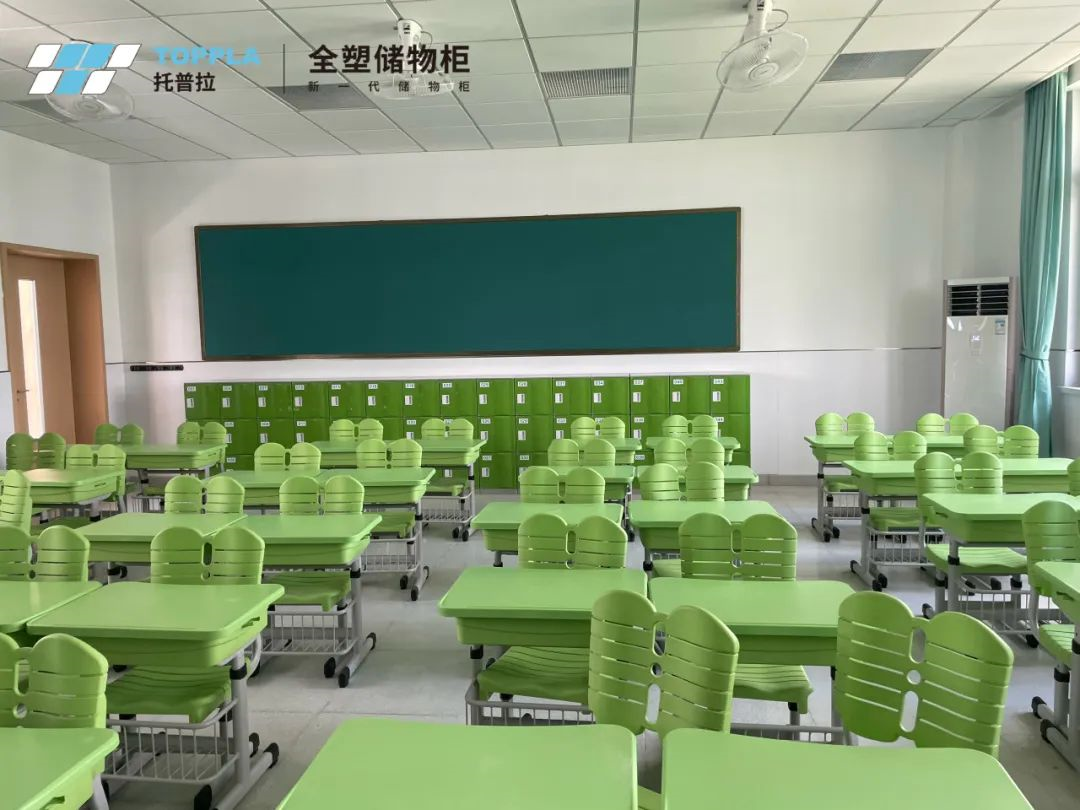
Considering the special placement of the schoolbag locker, the new generation of Toppla locker chosen for primary school classrooms prioritize safety protection. The soft corner protection of the door panels solves the problem of bumps and knocks caused by taking items and playing around in the narrow classroom space. The school authorities deliberately chose the same color family as the desks and chairs, creating an overall visual effect that is youthful and bright, which is in perfect harmony with the positioning of a "dynamic campus".
Dormitory Solutions: Strength Meets Adaptability
In the dormitory setting, the items placed in students' lockers are more diverse than those in the classroom setting. The sizes of items vary among different students, and the large space and flexible classification and storage of lockers have become the main demands. The fixed shelf height of traditional locker is hard to meet the diverse storage needs. The design of Toppla all-plastic locker with adjustable shelf height solves the "fixed mode" of dormitory locker, allowing each student to make reasonable use of storage space and improve the tidiness of the dormitory.
Case Study
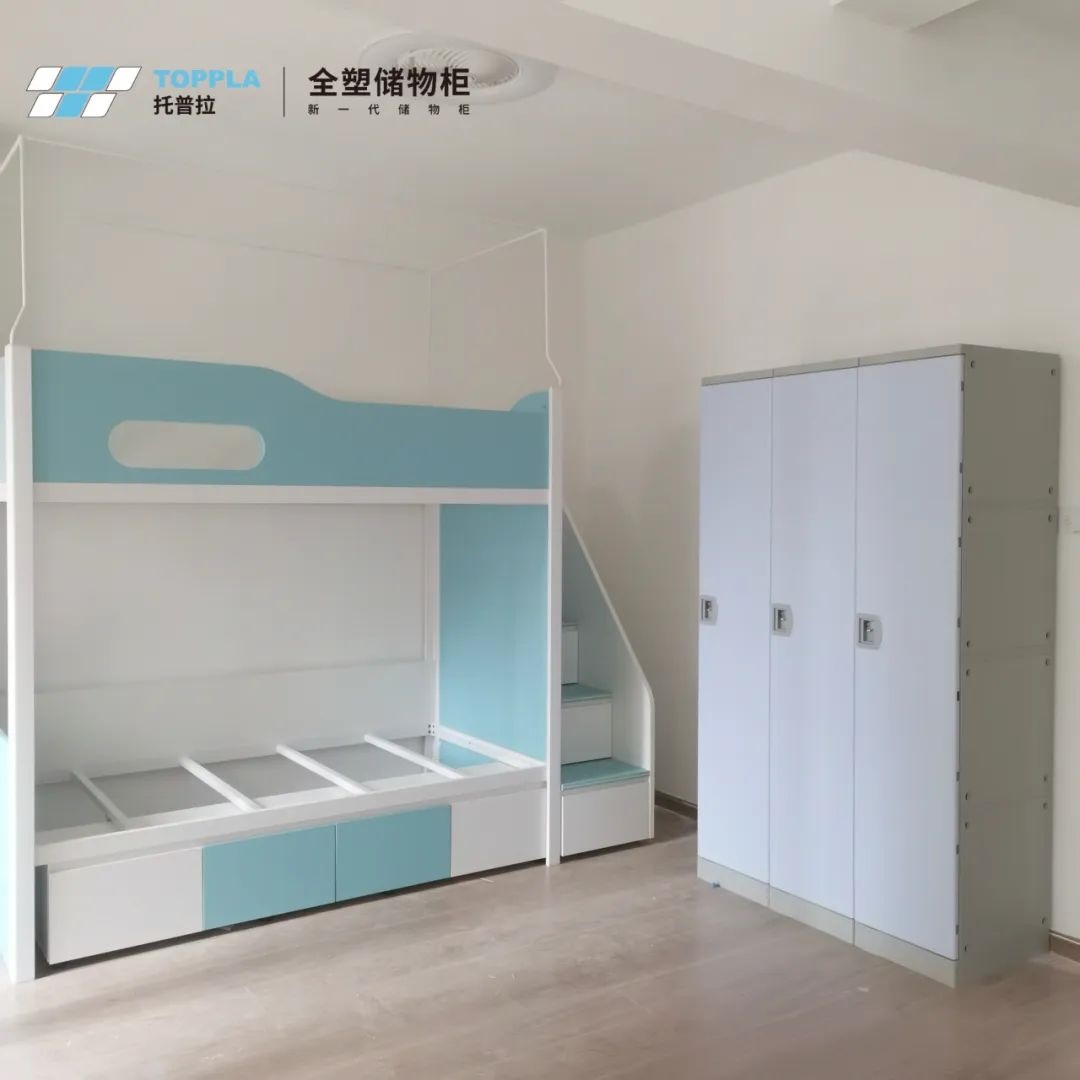
Take the dormitories in southern campuses as an example. The main theme is large space. Most of them choose Toppla full-body cabinets. The internal longitudinal space is large, and the space inside the locker can be flexibly divided by shelves. The load-bearing capacity of the shelves is about 15kg. Students can adjust the height of the shelves by themselves according to the placement of items such as shoe boxes, Musical Instruments, and cotton quilts. At the same time, considering the particularity of the climate in the south, the advantages of the plastic material of Toppla all-plastic locker have also become one of the reasons for southern campuses to choose them. They are moisture-proof, rust-proof, anti-corrosive, mold-proof, not afraid of erosion during the rainy season, and have a long service life.
Sports & Aquatic Facilities: Defying Corrosion and Heavy Use
In the gymnasiums and swimming pools, the covered population not only includes teachers and students on campus but also personnel from external leagues and so on. In the "high humidity, high salt, and frequent use" three-high shared space, moisture infiltration and bacterial growth, as well as the corrosive effect brought by daily high-dose disinfection, pose a great challenge to the locker. Traditional wooden locker are prone to absorbing water and breeding bacteria, while metal ones are likely to peel off paint and rust due to disinfection and environmental influences. This not only shortens their service life but also poses hygiene risks. Moreover, they may dirty sportswear, causing inconvenience to users.
Case Study
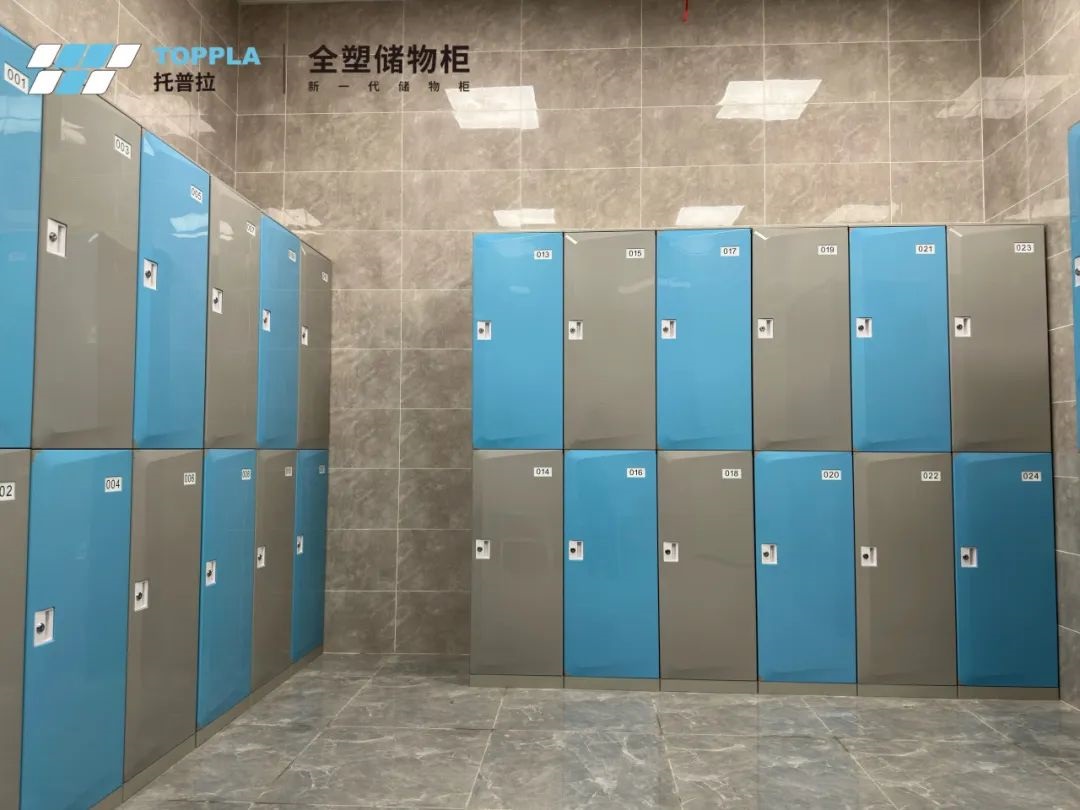
The Toppla locker, made of plastic material, can easily handle the problems in campus gymnasiums and swimming pools. It is resistant to acids and alkalis, can withstand daily disinfection, and has excellent corrosion resistance and impact resistance. Meanwhile, the material is not prone to absorbing water, with a smooth surface that is easy to clean, reducing bacterial growth, ensuring hygiene, and avoiding the vicious cycle of environmental changes in storage cabinets, providing a reassuring storage space for teachers, students, and outsiders.

